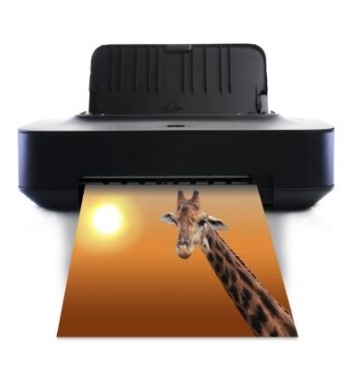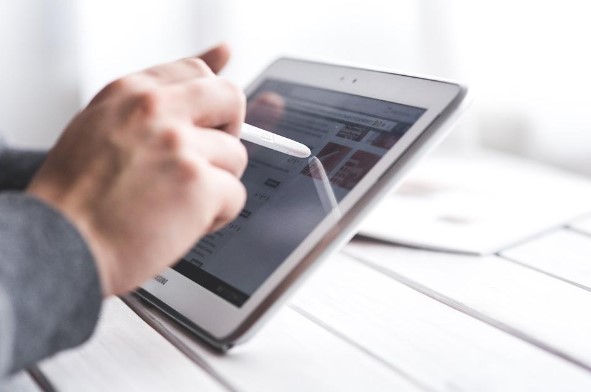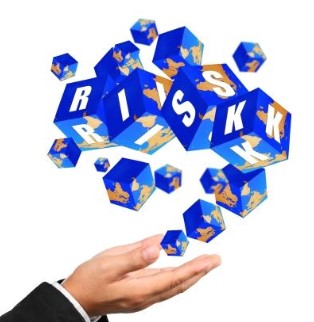
When it comes to getting attention for your business in a quick and economical way, you can’t do much better than a flyer. Long since seen as simplistic and a little behind the pace in the digital age, a flyer is in fact an extremely effective piece of marketing collateral. And the fact that flyers can be printed cheaply and quickly adds to their effective appeal.
Designing a flyer seems equally as simple, but it can be difficult to get it just right. Flyer printing and leaflet printing can form an integral part of your marketing campaign, so long as you design the right materials for your purposes. Here are some tips for getting your flyers just right.
Work Out Your Message
Before you contact printing companies to print your flyers, and before you start actually designing the flyers themselves, you need to know what you want to say. This may appear obvious, but many businesses don’t get as specific as they need to when working out the design of a flyer, and as a consequence the design becomes cluttered and any useful messages are lost. A flyer should have one purpose, whether that is advertising an event, promoting a new service, launching a product, or offering a discount or reward. Once you know what you are promoting you also need to be clear about your audience. The design of your flyer will be highly dependent on the audience you want to attract. If you are unsure about the overall message and style you should be aiming for, look at flyers chasing the same kind of audience and see what works and what could be improved.
Simplify Your Message
Once you’ve worked out your message, make it simpler. You need something that will be instantly recognised and understood in just a few seconds. This is the time your audience has when they walk past a display with your flyer, or they are handed a flyer in the street. Leave the in-depth and complicated text and images to brochure printing or a website. You can use bullet points or different sections to draw attention to the key messages of your flyer.
Use High Quality Images
And make your images large. Effective flyer printing makes excellent use of images. A large image calls attention even from far away – the more eye-catching the better. Steer clear of stock images and generic images. Choose the right image that is perfect for your brand and your event or offer. If you use the right image you can keep text to a minimum, and stick to using only the bare essentials for telling people what you are promoting.
Image courtesy of Naypong/ FreeDigitalPhotos.net


